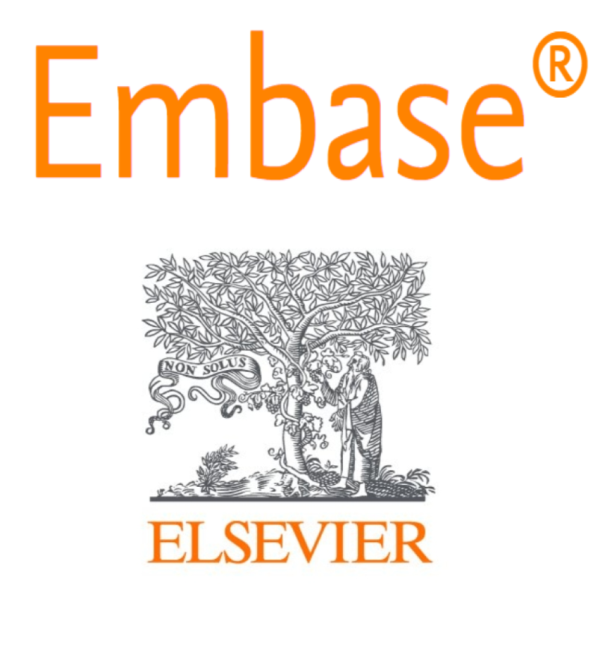ULTRASOUND-GUIDED FASCIA ILIAC BLOCK TO PERIVASCULAR NERVE BLOCK IN PERIOPERATIVE ANALGESIA BEFORE USING SPINAL ANAESTHESIA
Keywords:
Fascia iliaca block, Hip surgeries, Pericapsular nerve group block, UltrasoundAbstract
Background: Following hip surgeries, adequate perioperative analgesia can help in better postoperative recovery. Fascia iliaca compartment block (FICB) and PENG block both have been used for perioperative analgesia.
Aim: To comparatively assess the analgesic effects of PENG (per capsular nerve block) to ultrasound-guided fascia iliac block in elderly subjects undergoing hip surgeries.
Methods: 160 subjects undergoing hip fracture surgeries under spinal anesthesia were divided into 2 groups where Group I was given ultrasound-guided fascia iliac block and Group II subjects were given per capsular nerve block for perioperative analgesia. The VAS scores and quality of subjects were assessed.
Results: Demographic data were comparable for both groups. Patient acceptance in Group I have been seen in 45% (n=36) of subjects. In Group II, acceptance was seen in 90% (n=72) subjects which were significantly higher for Group II compared to Group I. Quality of patient positioning was significantly higher for Group II, 3.135±0.736 compared to group I, 21.65±0.15. This difference was statistically significant with p=0.004. 30 minutes following block, during hip movement and positioning, mean VAS scores were significantly higher for Group I than Group II with p<0.001. Postoperative analgesia duration was significantly higher for Group II (PENG block).
Conclusion: PENG block has better analgesic effects along with higher patient satisfaction and optimal positioning compared to the fascia iliaca block for the central neuraxial block for subjects undergoing hip fracture surgeries. Also, PENG had a better safety profile and comparable postoperative analgesia as with fascia iliaca block.








